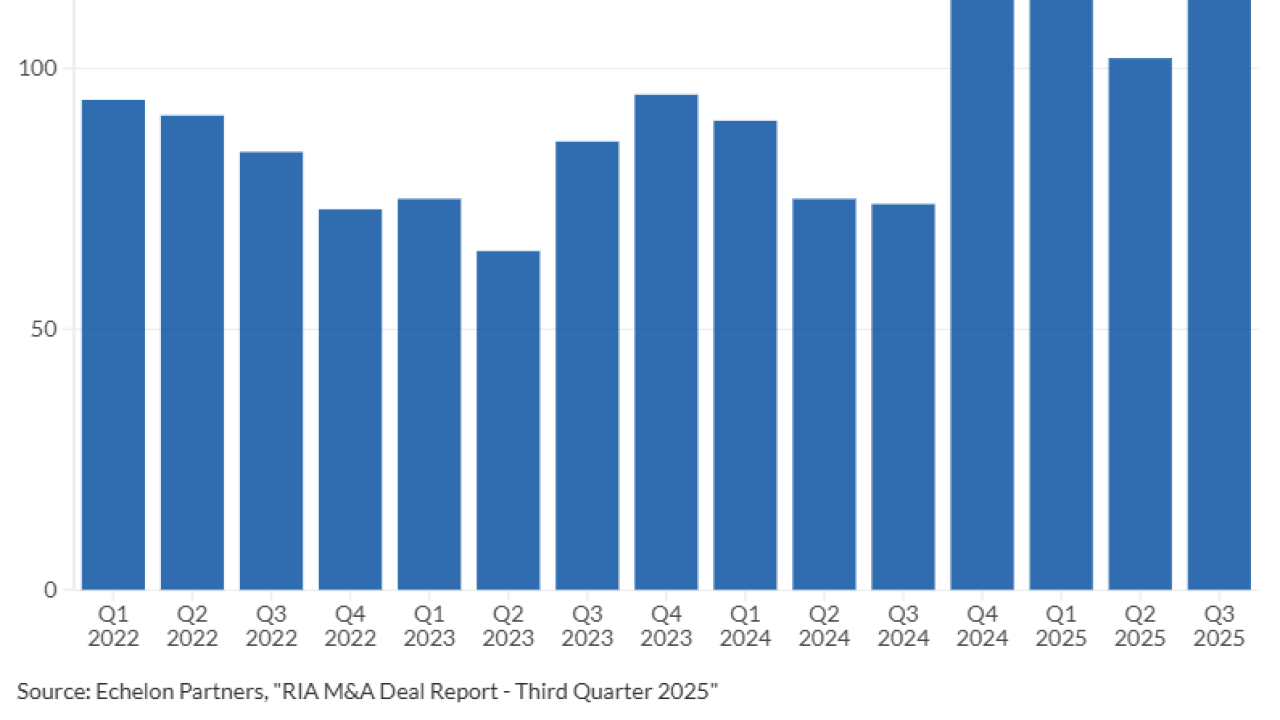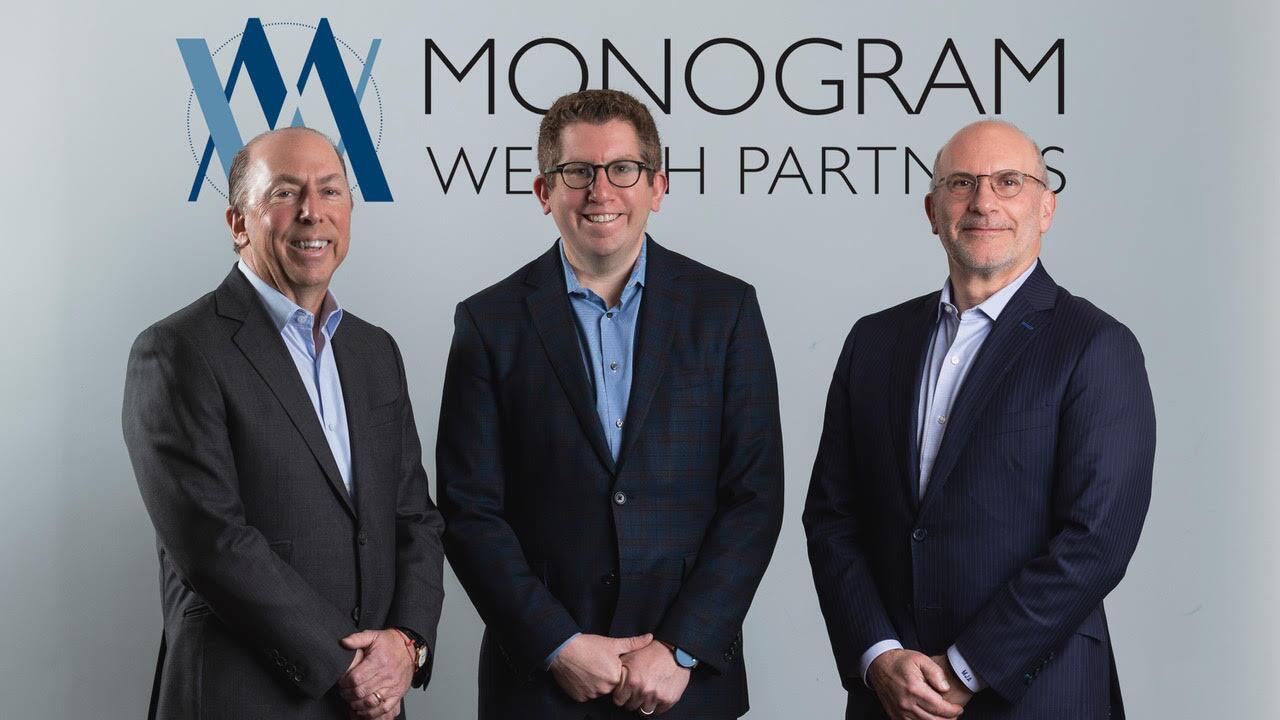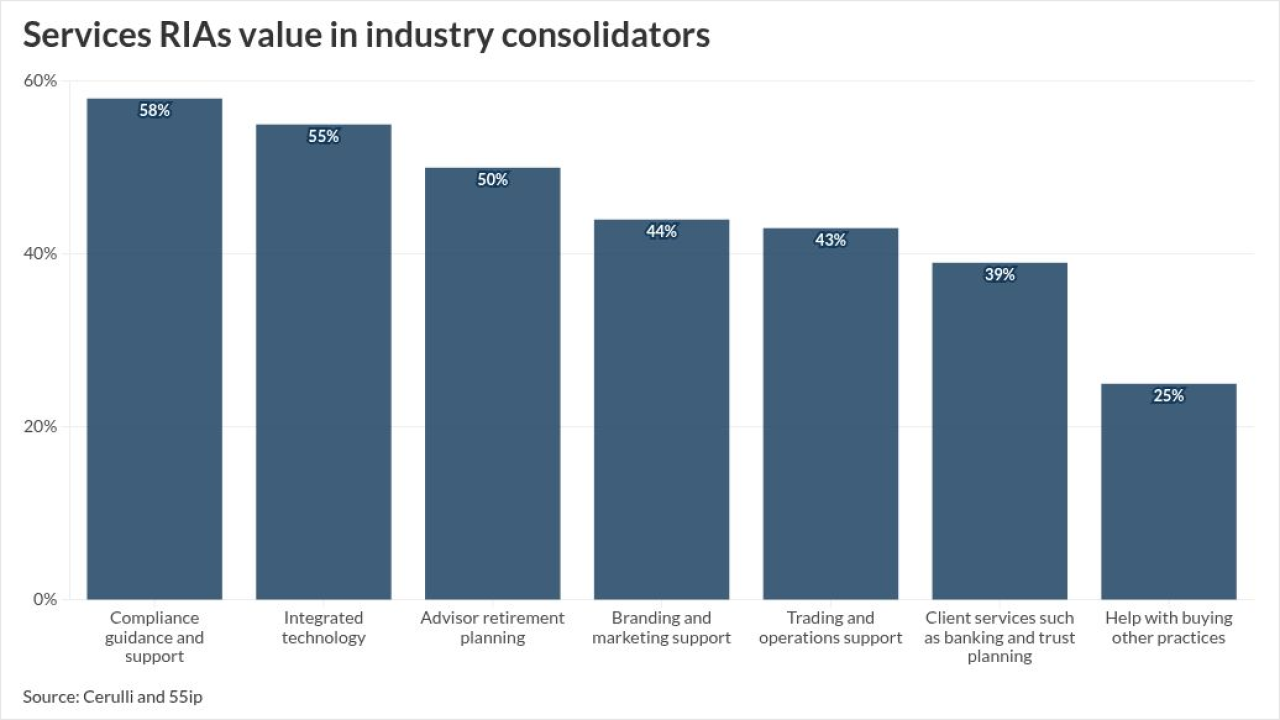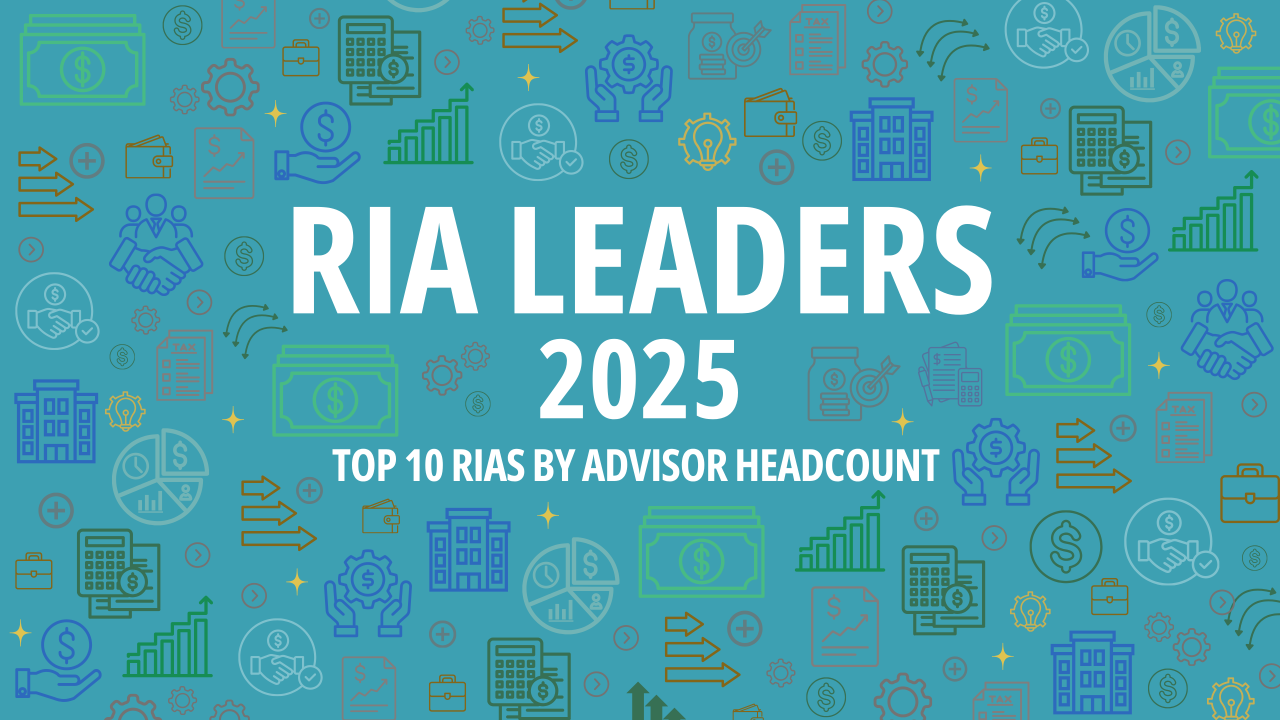Rule changes are disruptive. Just ask any NFL coach. Even when made in the interest of team safety, regulatory reforms and any ambiguities that surround them have the potential to throw some players off their game.
That is exactly what is happening within the financial advice industry right now.
One minute, compliance with the new Department of Labor conflict of interest rule was at the top of everyone's agenda. Next, there's talk of the new administration possibly revising the rule or relegating it to the bench. However it plays out, one thing is clear: a higher standard of transparency now prevails.
As recent Broadridge research confirms, market forces driving change in the retirement industry were in effect before the DoL issued its final fiduciary rule.
As a result, firms need to ensure best interest practices are part and parcel of every investment deal.
Here are five ways to add compliance to your operational game plan:
1. Evaluate your fund lineup
In the run-up to the April 10 compliance deadline, money management firms need to make sure that every fund on their advisors' sell list should appear as potentially in the investor's best interest.
All high-expense and high-risk funds, or those on the fringe, need to be reassessed and quickly sidelined if they fail to make the cut.
If your back office workflow doesn't already have the tools to accomplish this analysis, you need to create or add a solution that will help get your house in order in the most cost efficient and fiduciary-minded way possible.
2. Determine the best share class recommendations
Now more than ever before, firms need to ensure that their advisors are able to effectively compare, validate and archive the suitability of their share class recommendations. Your advisors should be able to compare various share class alternatives and their rules within any specific fund.
To make this happen, some kind of share class suitability functionality should be integrated into your order entry system — preferably in a way that automatically populates all essential pass-through data. A match of share class alternatives, batched by fund CUSIP, can also aid advisors in reviewing client portfolios to ensure existing holdings meet best interest criteria.
3. Determine fund suitability
It is also crucial right now that your advisors can compare mutual funds and ETFs in real time to ensure best interests are always disclosed, signed off on, and archived. For example, noting that a client is underweighted in growth stocks, the advisor needs a tool that will allow them to quickly determine which growth fund on their product shelf would be most suitable for the client.
The ideal suitability tool would, of course, take into account and capture factors such as expected risk and performance, investment amount, share class, time horizon, and expected rate of return. Thus equipped, you can be confident that your advisors can always recommend funds that best fit their clients' needs.
4. Simplify 401(k) to IRA rollovers
Another area of great concern for firms, advisors and investors involves the numerous risks and requirements surrounding the 401(k) rollover process. Once advisors determine, through risk assessment and analysis, that a rollover is an option, customers now need to be informed of all the costs and benefits associated with rolling funds over into an IRA. Most firms are now strongly recommending that advisors disclose and document all fees and expenses.
To do this effectively, their workflow should include a solution that allows for automated population of EDGAR-sourced data for the IRA plan, as well as for investor signature capture and archival. It would also be good to consider where and how your advisors would be able to obtain 401(k) plan data for all the necessary comparisons and analysis. Look to partner with a solutions provider connected to record keepers with the ability to assimilate this data into a solution downstream.
5. Look at the entire field
To remain fully competitive, money management firms need to deal with transparency and suitability in ways that address the needs of every stakeholder. Your firm needs compliance-centered, fully modular solutions with outstanding data quality that easily integrate with what it currently has.
Your advisors need easy access to solutions that can simplify all suitability transactions, capture signatures, and — most importantly — archive all the information in-house or elsewhere. And, of course, your investors need to be made confident that their best interests are always positioned as your number one priority.
No matter which direction you choose — either building it in-house or seeking a trusted service provider — be aware that the clock is ticking. April 10, the date when the new standard will go into effect, is rapidly approaching. In 2016 firms planned for the new ruling and the higher standard of transparency that now prevails. 2017 is the time to act.
Corey Fiedler, vice president of product management, Broadridge Financial Solutions.





